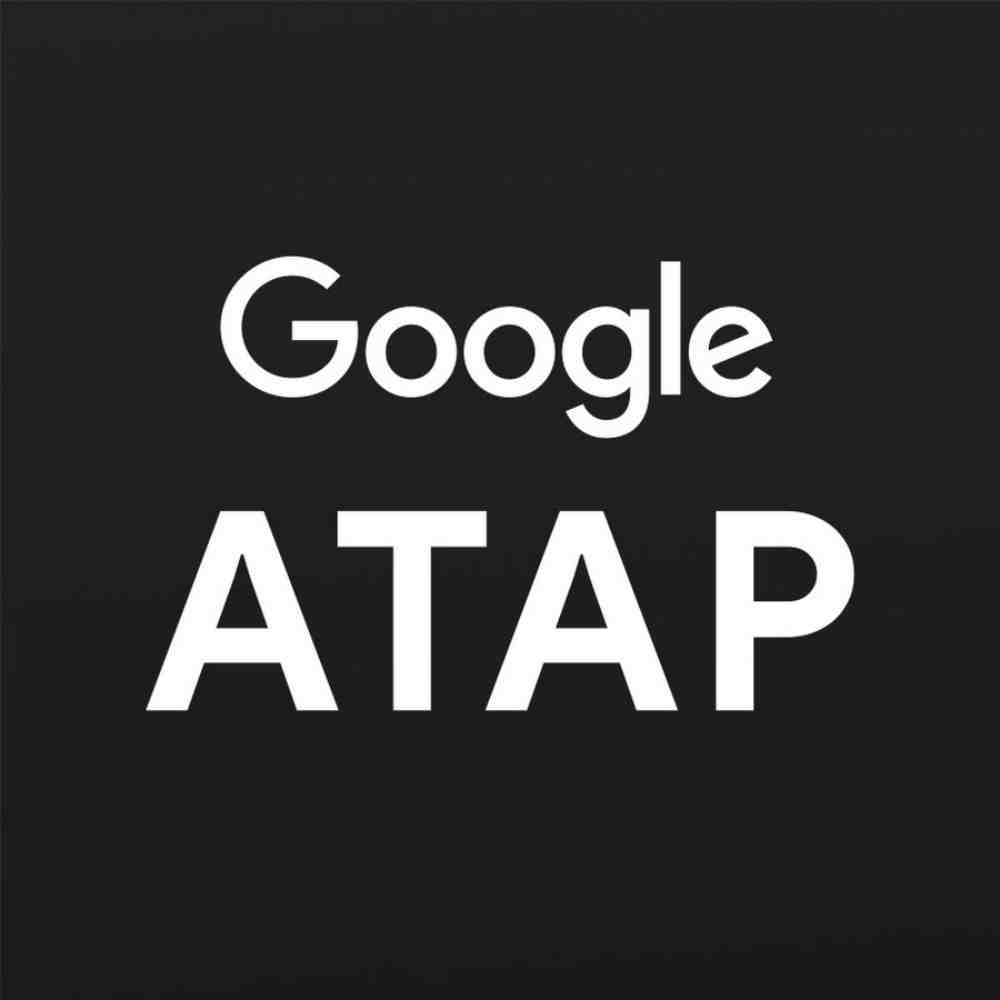Google’s Advanced Technology and Products division (ATAP) is pioneering the use of radar technology to facilitate more intuitive and considerate interactions between humans and computers. Unlike traditional methods that rely on cameras, this radar-based approach offers a less invasive way for computers to respond to human movements and actions. The radar technology, originally introduced in the Google Pixel 4, can pick up precise gestures and movements without compromising privacy.
Advancing Human-Computer Interaction
The ATAP team is harnessing radar technology to enable computers to understand users’ needs and intentions better. This means that computers can recognize everyday movements and react in new ways. By analyzing various social cues and movements, such as body orientation and proximity, the technology can anticipate interactions and adjust accordingly.
Improving Efficiency and Consideration
The technology aims to create more seamless and invisible interactions between humans and computers. For instance, a thermostat could remind a passing individual to grab an umbrella, or a TV could lower the volume when it detects that someone has dozed off on the couch. This technology is based on the principles of proxemics—the study of personal space and social interactions—and utilizes machine learning algorithms to refine data and predictions.

Privacy-Friendly Approach
Unlike cameras, radar technology preserves user privacy by not capturing or storing identifiable images. It operates more like an advanced motion sensor, gathering spatial data without compromising personal information. Google’s camera-free approach to enhancing human-computer interaction emphasizes user privacy and control.
Challenges and Future Potential
While this radar-based technology holds promise for improving human-computer interactions, challenges such as recognizing multiple people in a room without confusion remain. Google is continuously researching and refining these concepts, with future applications potentially including learning user routines over time and suggesting healthy habits.
Balancing User Control and Automation
As these interactions become more seamless, finding the right balance between user control and automation is essential. Google aims to make these interactions effortless while allowing users to customize their preferences and configurations.

Privacy Tradeoff and Future Directions
Consumers will need to weigh the privacy tradeoff associated with this technology, but the camera-free approach demonstrates a commitment to user-first and privacy-first perspectives. As technology evolves, improved human-computer interactions are expected to extend across various devices and applications.
Google’s Ongoing Research
Google ATAP’s radar-based research is part of a broader initiative called “In the Lab With Google ATAP.” This ongoing series will explore various projects within Google’s research division, highlighting innovations and advancements in the tech industry.
